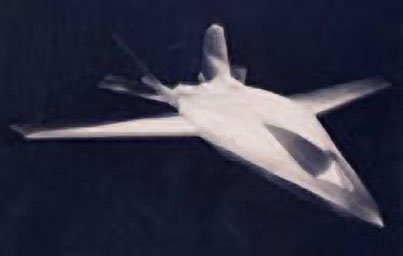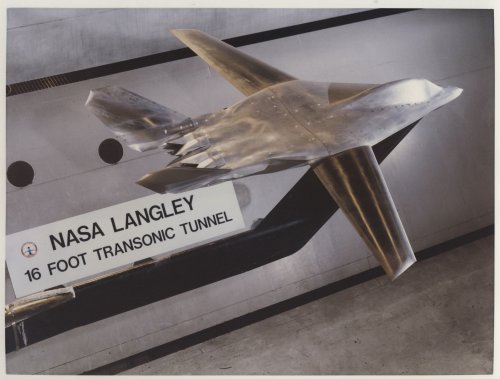donnage99 said:Triton, all these images you posted are found in Matej's website, in which he linked to back on page 1:
http://www.secretprojects.co.uk/forum/index.php/topic,2150.msg20137.html#msg20137
True, but these images are larger and did not come from Matej's website. It is not my intention to waste bandwidth and storage space on the Secret Projects server. I understand that one of the goal's of the forum is that it can serve as an archive for years to come for drawings, artwork, and information concerning unbuilt projects. For example, Flateric has been encouraging that Members use attachments rather than hotlinking to a third-party image hosting site because these links may become dead.
If you believe that the images I have attached do not add value to the forum, may be common place, and/or waste forum resources, then feel free to report my post to a Moderator or Overscan. I will defer to their judgment.












